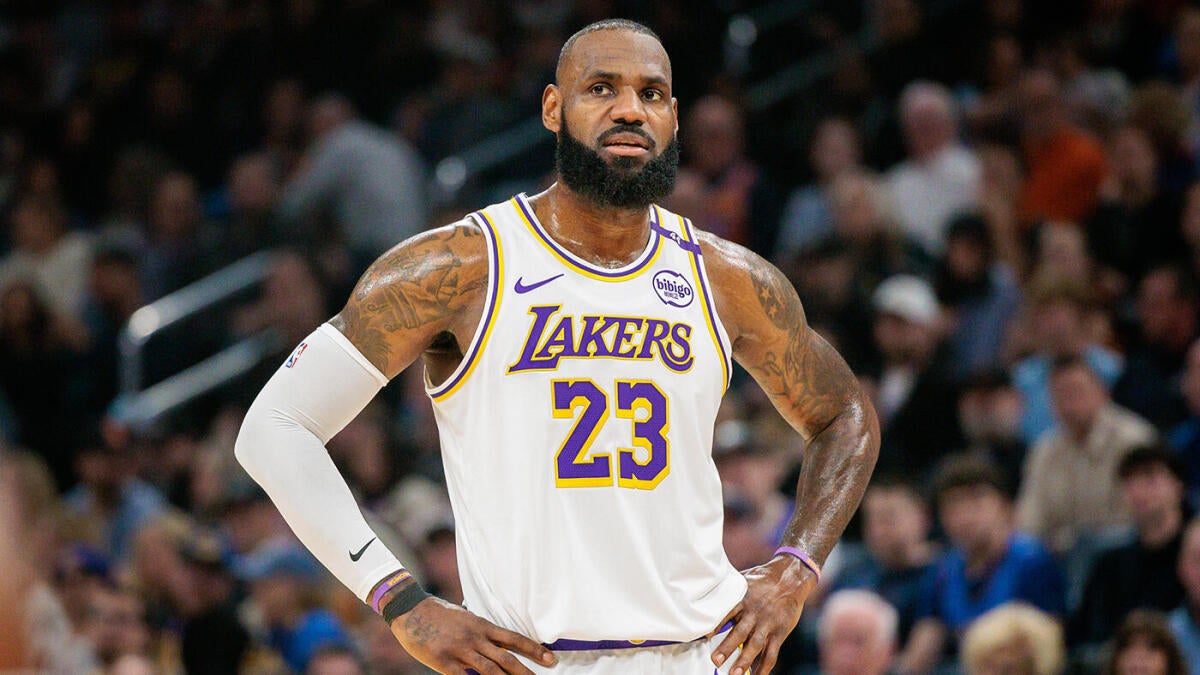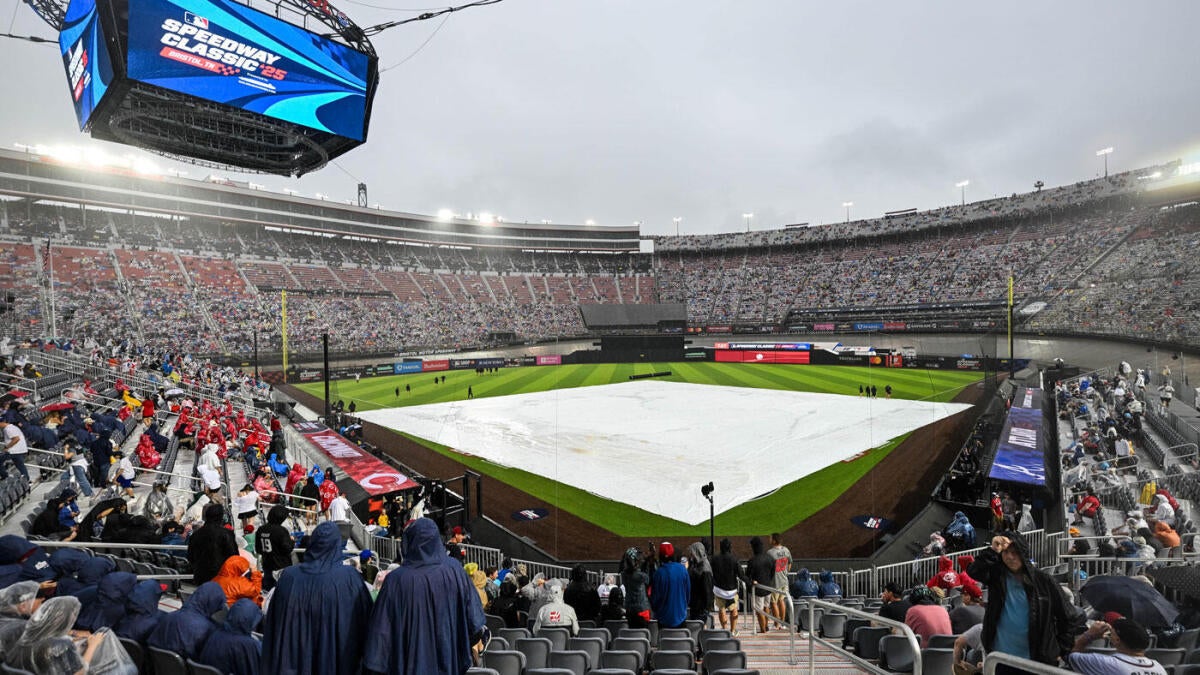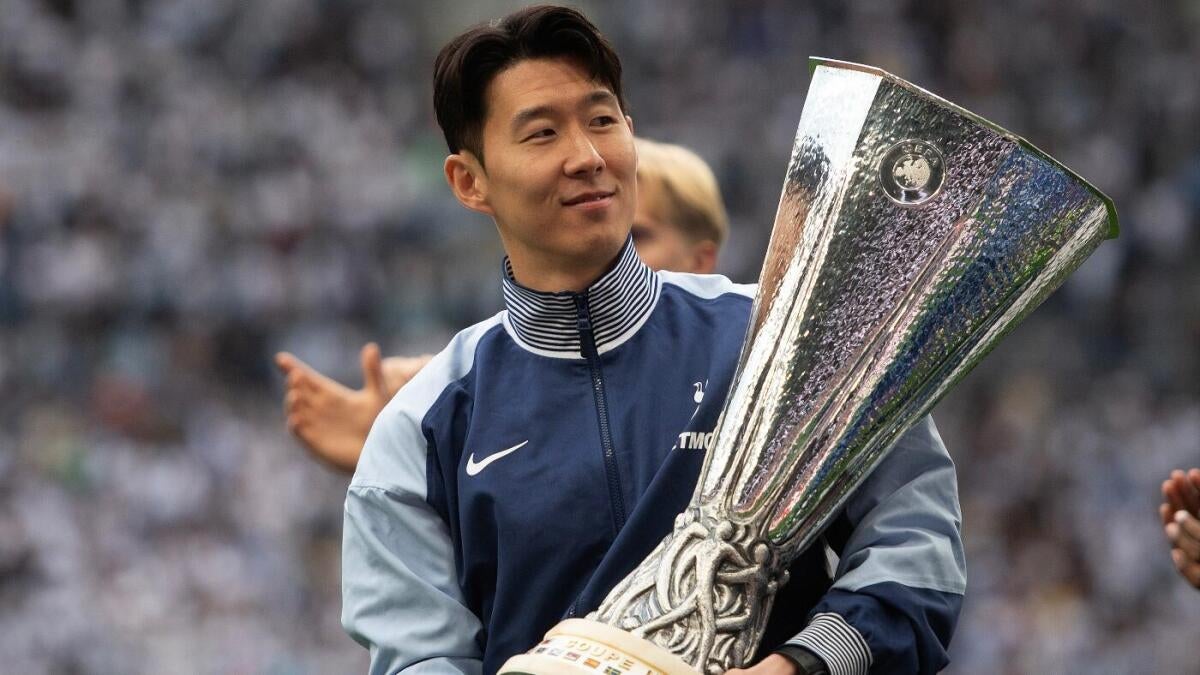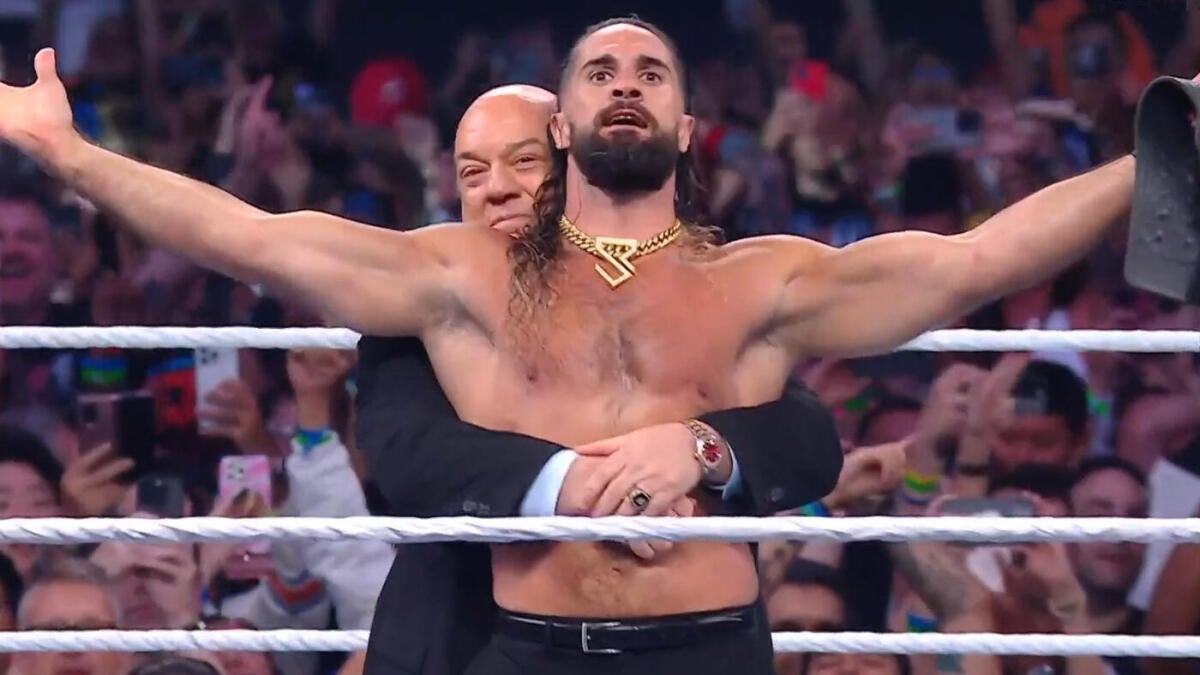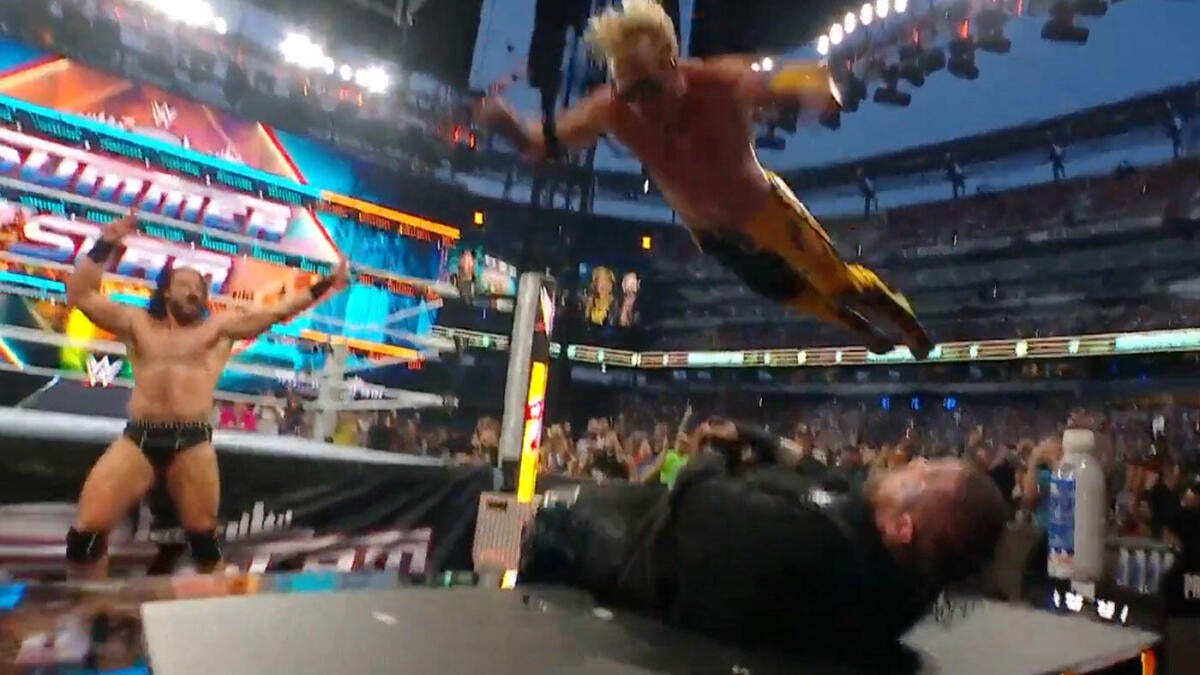LeBron James and the Lakers: Navigating Financial Constraints in the Modern NBA
The NBA’s financial ecosystem is a high-stakes chessboard where player salaries, luxury tax aprons, and roster flexibility dictate championship aspirations. Few players command as much influence over these dynamics as LeBron James. As the Los Angeles Lakers strategize for the upcoming season, the question of whether LeBron will take a pay cut looms large—a decision that could reshape the team’s future.
This analysis explores the financial tightrope the Lakers must walk, LeBron’s role in their salary cap puzzle, and the broader implications for player-team negotiations in today’s NBA.
—
LeBron’s Pay Cut Dilemma: A Matter of Leverage
LeBron James is no stranger to financial flexibility. Last offseason, he took a $2.7 million pay cut to help the Lakers duck under the second luxury tax apron—a move that preserved roster-building options. But this summer, reports suggest he’s unlikely to repeat that sacrifice.
Why the shift?
This stance forces the Lakers to explore alternative routes to contention—a challenge compounded by their limited cap space.
—
The Lakers’ Roster-Building Roadblocks
Without LeBron’s pay cut, the Lakers face three key constraints:
1. The Luxury Tax Trap
The NBA’s punitive luxury tax system penalizes teams that exceed spending thresholds. The Lakers are already projected to be over the cap, meaning they can only offer:
– The non-taxpayer mid-level exception ($12.9 million)
– Minimum contracts for depth
This limits their ability to chase high-impact free agents (e.g., Klay Thompson, DeMar DeRozan) unless they offload salary via trades.
2. Trade Assets: Quantity Over Quality?
The Lakers have tradeable pieces—Austin Reaves, Rui Hachimura, Gabe Vincent—but no superstar bait. Their three first-round picks (2024, 2029, 2031) could sweeten deals, but rival teams demand young talent (e.g., Trae Young, Donovan Mitchell), which the Lakers lack.
3. The Anthony Davis Factor
Davis’s $43 million salary anchors the roster, but his injury history makes him a risky centerpiece. Building around him and LeBron requires role players who complement their skills—a puzzle the front office has yet to solve.
—
The Bigger Picture: Player Empowerment vs. Team Economics
LeBron’s stance reflects a league-wide trend: star players wield unprecedented control over team finances.
– The Supermax Era: Franchise players (e.g., Stephen Curry, Giannis Antetokounmpo) command 35% of the salary cap, leaving less room for supporting casts.
– Luxury Tax Realities: Teams like the Warriors and Clippers pay exorbitant repeater taxes, but small-market franchises (e.g., Oklahoma City) thrive by avoiding them.
– Short-Term vs. Long-Term: The Lakers must decide whether to push for one more title with LeBron or pivot toward a post-LeBron rebuild—a choice complicated by his player option for 2025-26.
—
Conclusion: The Lakers’ Path Forward
Adapt or Stagnate
LeBron’s refusal to take a pay cut isn’t selfish—it’s pragmatic. The Lakers’ front office must now:
– Aggressively pursue trades: Packaging Reaves, Hachimura, and picks for an All-Star (e.g., Zach LaVine) could reinvigorate the roster.
– Bet on internal growth: Max Christie and Jalen Hood-Schifino need to emerge as rotation pieces.
– Manage expectations: With Denver, Boston, and Oklahoma City ahead in the title race, the Lakers might need to accept a transitional year.
The financial dilemma underscores a harsh reality: in the modern NBA, even legends like LeBron can’t carry a team alone. The Lakers’ championship window hinges on creativity, not just cap space.
As the offseason unfolds, one thing is clear—the balance between player power and team-building has never been more delicate. For LeBron and the Lakers, the next move could define an era.







